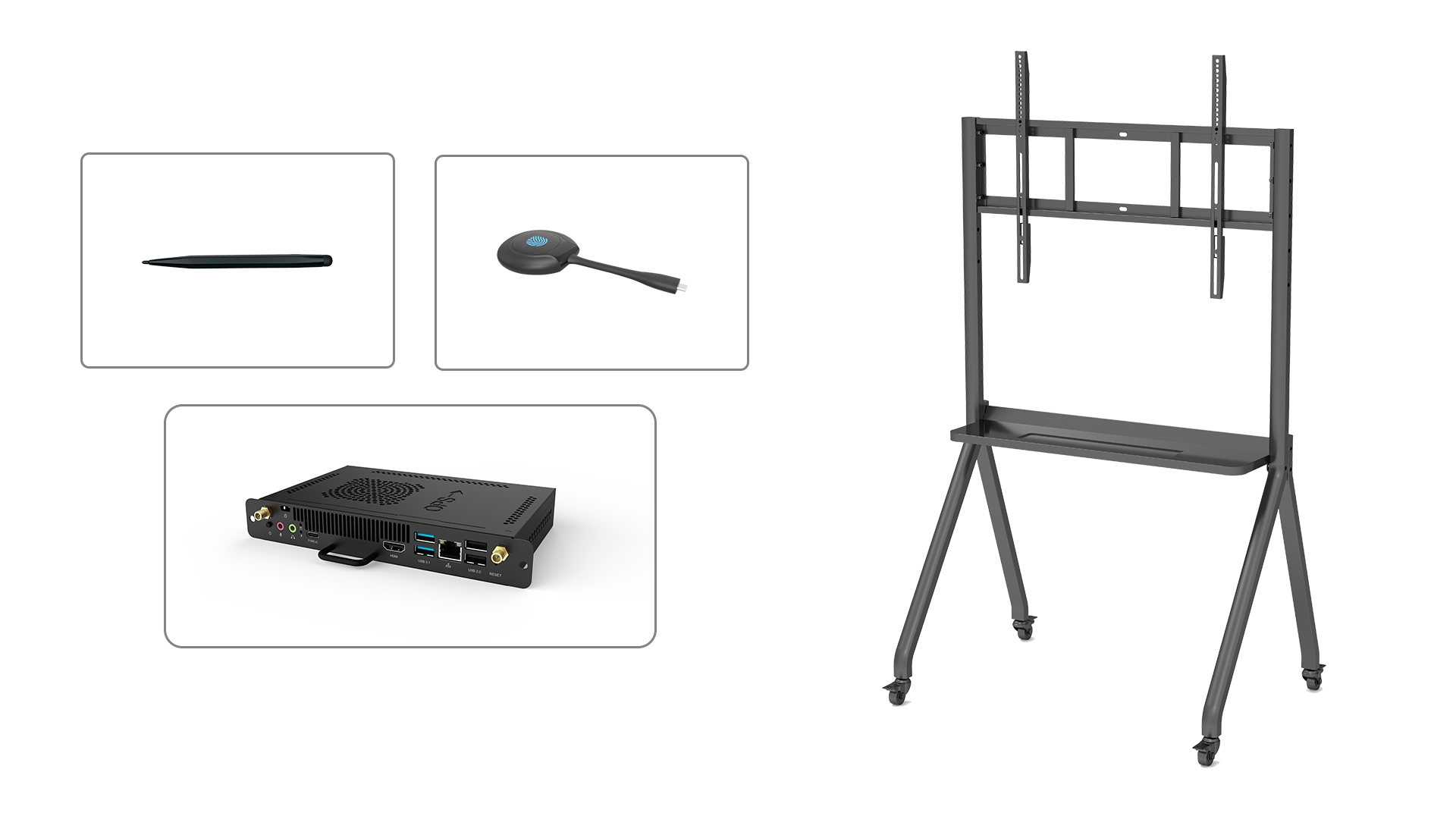Introduction: The Rise of glass interactive displays
Glass interactive displays have gained significant popularity in recent years due to their sleek design, versatile functionality, and immersive user experience. These innovative devices have revolutionized the way we interact with digital content, offering a wide range of applications in various industries. In this article, we will explore the numerous advantages and uses of glass interactive displays, shedding light on their potential to enhance productivity, communication, and engagement.
1. Enhancing Collaboration and Productivity
Glass interactive displays provide powerful tools for collaboration and productivity in both professional and educational settings. With their touch-sensitive surfaces, users can easily navigate and annotate digital content, making them ideal for brainstorming sessions, team meetings, and group presentations. These displays allow multiple users to interact simultaneously, promoting active participation and fostering creative thinking.
2. Transforming Learning Environments
In the realm of education, glass interactive displays have transformed traditional learning environments by offering dynamic and interactive content delivery. These displays enable teachers to provide visually engaging lessons, enhancing student engagement and knowledge retention. Moreover, educators can leverage interactive applications and educational software to foster an immersive learning experience that caters to various learning styles and preferences.
3. Seamless Integration with Existing Systems
One of the key advantages of glass interactive displays is their compatibility with existing technological infrastructures. These displays can be seamlessly integrated with PCs, Macs, tablets, and smartphones, allowing users to control and present content from their preferred devices. This flexibility and compatibility make glass interactive displays a convenient choice for organizations and institutions that have already invested in established technology ecosystems.
4. Empowering Retail Experiences
Glass interactive displays have also found applications in the retail industry, where they serve as powerful marketing and sales tools. Retailers can leverage these displays to create interactive product catalogs, virtual shopping experiences, and interactive advertising campaigns. By providing customers with a hands-on and immersive experience, glass interactive displays enhance brand affinity and drive sales.
5. Streamlining Presentations and Conferences
Traditional presentations and conferences often involve cumbersome equipment and time-consuming setup processes. Glass interactive displays eliminate the need for projectors, screens, and other peripheral devices, simplifying the presentation setup and reducing technical difficulties. These displays offer a seamless and professional presentation experience, allowing speakers to focus on their content and engage their audience effectively.
6. Improving Customer Engagement in Hospitality
The hospitality industry can greatly benefit from the integration of glass interactive displays in hotels, restaurants, and entertainment venues. From interactive menus and self-check-in kiosks to virtual concierge services, these displays enhance the overall customer experience by providing intuitive and convenient solutions. With functionalities such as language customization and interactive maps, glass interactive displays cater to the diverse needs of guests and visitors.
7. Optimizing Healthcare Operations
Glass interactive displays find great utility in healthcare environments, helping streamline administrative tasks and enhancing patient care. These displays can be used for real-time patient monitoring, electronic medical record management, and interactive patient education. By providing healthcare professionals with a user-friendly and intuitive interface, glass interactive displays contribute to better decision-making, increased efficiency, and improved patient outcomes.
8. Creating Interactive Art Installations
Glass interactive displays have opened up new possibilities in the world of art and design. Artists and designers can create interactive installations that respond to the movements and touches of viewers, offering a unique and immersive artistic experience. From interactive exhibitions to public art installations, these displays blur the boundaries between art, technology, and audience participation.
9. Enhancing Museum and Exhibition Experiences
Glass interactive displays have become a staple in museums and exhibitions, revolutionizing the way visitors engage with cultural artifacts and historical information. These displays allow users to explore virtual galleries, dive into interactive timelines, and access in-depth multimedia content. By offering a personalized and interactive experience, glass interactive displays make museum visits more engaging and educational.
10. Facilitating Collaboration in Design and Architecture
Designers, architects, and engineers can benefit greatly from the use of glass interactive displays in their creative processes. These displays offer intuitive design tools and collaborative environments, enabling teams to sketch, annotate, and visualize concepts seamlessly. With the ability to share and manipulate design elements in real-time, glass interactive displays foster efficient communication and facilitate the development of innovative and visually appealing designs.






